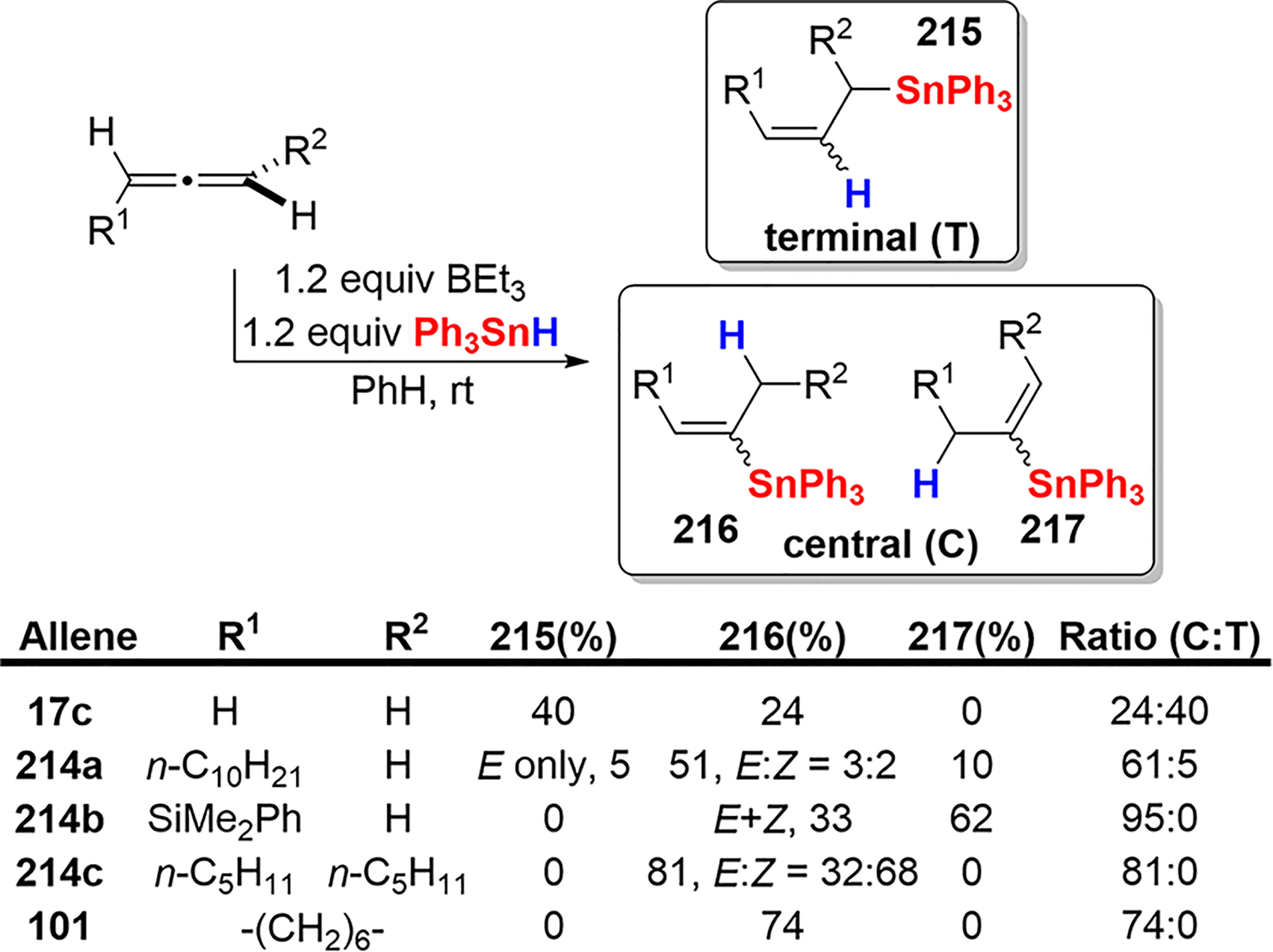
## Revealing an Unexpected Conformational Influence of Cyclopropane in Six-Membered Rings – A Possible Advance for Medicinal Chemistry
Chemistry frequently surprises us, challenging our comprehension and offering new avenues for innovation. A new finding by chemists at McGill University in Canada, spearheaded by **James Gleason**, showcases an unexpected conformational influence related to cyclopropane, providing a unique approach to modulate the arrangement of substituents on six-membered rings. This phenomenon holds the potential for groundbreaking advancements in medicinal chemistry by affecting the design of molecules intended for drug development.
### Cyclohexane: The Foundation of Drug Development
Cyclohexane, a six-membered hydrocarbon ring structure, is a crucial framework in organic chemistry. It acts as a fundamental component in a multitude of biologically active compounds, with derivatives appearing in medications for various ailments from epilepsy (anti-convulsants) to inflammation and depression (anti-inflammatory and anti-depressant treatments).
The chair form of cyclohexane is widely accepted as its most stable configuration. Cyclohexane’s chair structure alternates between **axial** (aligned with the ring axis) and **equatorial** (around the circumference of the ring) bonds. Typically, steric hindrance, or the repulsion resulting from the spatial arrangement of bulky groups in the axial positions, causes substituents to prefer the more accommodating equatorial sites. This tendency largely governs the stereochemistry and conformational balance of cyclohexane-derived molecules.
However, while examining an **organocatalytic Cope rearrangement**, Gleason and his team encountered an unexpected outcome. In structures featuring spirocyclopropane, alkyl substituents were behaving differently than anticipated.
### Surprising Axial Tendencies
Collaborating with Anthony Izzotti, another chemist at McGill, Gleason noticed that when an alkyl group was placed next to a **spirocyclopropane moiety** within a cyclohexane-like transition state, the group exhibited a preference for the axial position instead of the equatorial one. This finding not only contradicted their initial expectations but also clashed with established stereochemical principles. The noted axial preference is commonly linked to heightened *steric* strain, making it energetically unfavorable in most scenarios.
Most remarkable was the instance where a benzyl substituent was “compelled” to occupy the unusual axial position, piquing the team’s interest. Although prior literature suggested similar trends—particularly that **α-ethers** and **acetates** adjacent to spirocyclopropanes also inclined toward axial positions—the McGill chemists aimed to determine if this behavior could extend beyond a select few groups and apply to a wider variety of alkyl substituents.
### Broadening the Investigation: Diverse Alkyl Substituents
To further elucidate this axial inclination, the researchers synthesized multiple alkyl-substituted spirocyclopropanes, including **methyl**, **ethyl**, and **tert-butyl** groups, utilizing sophisticated chemical methods such as **olefination** and **cyclopropanation**.
The findings were revealing. The energetic disparity between axial and equatorial conformers for these alkyl groups was consistently **more negative** when adjacent to spirocyclopropane. This starkly contrasted with the conformation energy equilibrium in simple cyclohexanes or when substituents were near a dimethyl group. Notably, while the methyl group’s energy profile was fairly balanced (with both conformations being somewhat equivalent), larger alkyl substituents such as **tert-butyl** and **isopropyl** groups predominantly favored the axial position.
This alteration was ascribed to a blend of **torsional strain** and, in certain cases, **hyperconjugation**—an electronic interaction where electrons in a donor orbital engage with an empty or populated orbital of the neighboring group, particularly significant in cyclopropane derivatives. Gleason acknowledged that the intensity of this conformational effect, particularly for bulkier groups like tert-butyl, was unexpectedly strong.
### Consequences for Medicinal Chemistry
The identification of this stereochemical effect has extensive ramifications, especially for pharmaceutical research. Since numerous drug molecules are formulated using cyclohexane frameworks, the ability to steer the conformation of substituents can facilitate finer adjustments of drug characteristics, such as **binding efficacy**, **half-life**, and physiological targets.
As **Jonas Brånalt**, a senior synthetic chemist at AstraZeneca, noted, “The findings from the team equip drug designers with a significant tool, allowing them to manipulate the conformation of common molecular frameworks in previously unconsidered ways.” This capability to encourage large groups into the axial conformation could assist in extending **functional groups** into previously inaccessible areas of conformational space—an essential aspect when designing